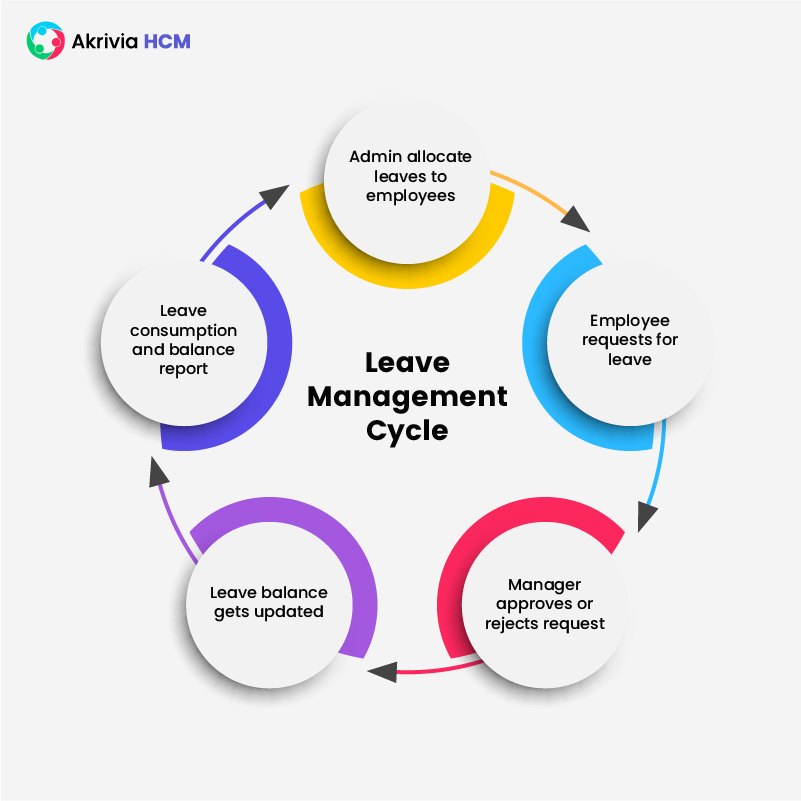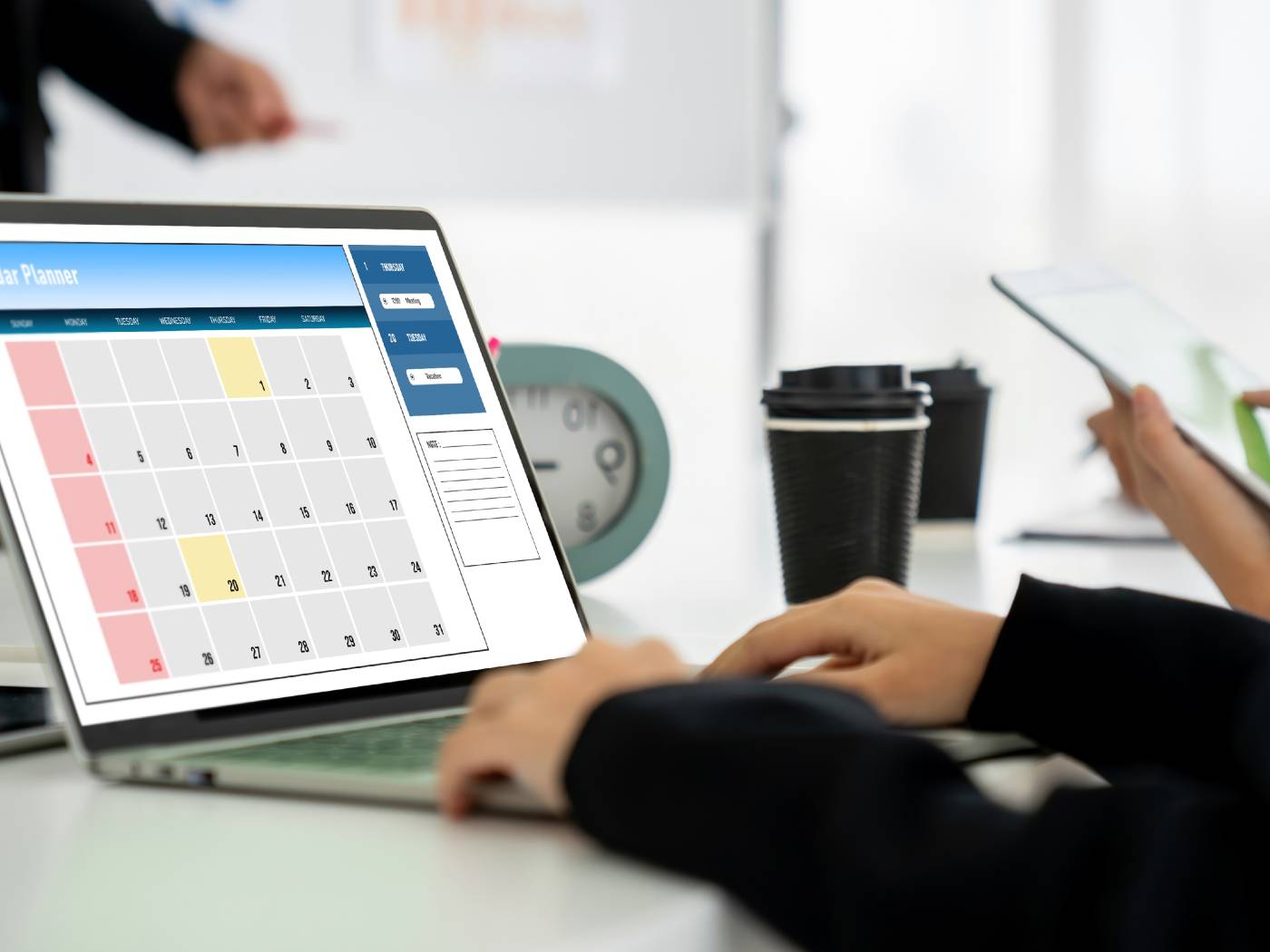Leave management is a critical aspect that many companies often overlook, considering it to be of lesser importance. However, paid time off is vital for employees to rejuvenate, combat burnout, address personal matters, maintain their well-being, or simply relax.
A recent study conducted by Randstad India revealed that almost 40% of surveyed employees in India feel anxious about requesting leave from their supervisors. Similarly, in the US, about 39% of workers admitted to feeling stressed and guilty about taking well-deserved time off.
Experts say the absence of breaks and vacations can lead to mental health issues. While minimizing absenteeism is important, employees who do not take time to recharge are more susceptible to reduced productivity levels. Thus, implementing comprehensive leave management is crucial for all HR departments to ensure that employees receive the time off they deserve without disturbing work processes.
Comprehensive Leave Management: Need of the Hour
“There’s this massive effort in organizations to design a better employee experience—or design a new employee experience, maybe, is the word—and HR tools are being transformed to try to be relevant to that.”
–Josh Bersin, President and CEO of Bersin & Associates
Effectively managing and tracking employee leaves becomes increasingly challenging as a company starts to grow in size. Primitive paper methods or email leave applications are no longer the most feasible choice in today’s technology-driven world. It is difficult to manually keep track of every employee’s leave pattern, maintain up-to-date paperwork, and guarantee that employees adhere to guidelines when taking leave.
This is where a leave management system comes into the picture to play a vital role in recording, managing, and tracking employees’ time-off requests. Its primary aim is to handle leave requests impartially while minimizing any adverse impacts on business operations.
So, if your organization still relies on Excel sheets, emails, or other paper formats to record employee leaves, you can expect a lot of tedious work to come your way. Payroll processing errors, non-compliance with legal regulations, or workforce crunches on specific days are just a few examples of the risks involved. On the other hand, implementing a robust leave management system provides a unified view of employee availability across the entire company and eliminates these troubles.

Importance of Leave Management
Inconsistencies in managing leaves can hinder an organization from operating at its optimal level and potentially lead to financial and legal repercussions. A well-defined leave policy is one of the most important employee benefits that an organization can offer. It provides employees with clarity regarding their vacation entitlements and helps them feel valued.
From the employer’s perspective, effectively managing leaves involves tracking the number of days each employee has taken off. This ensures compliance with company policies and legal requirements while also facilitating coverage management within each department to maintain productivity levels.
An efficient leave management process can accurately predict employee engagement and satisfaction levels in the workplace. For instance, tracking time-off requests allows for better distribution, ensuring that all members of a department are not absent simultaneously.
Best Practices for Leave Management
As part of the HR team, here are a few leave management tips you can take to make managing leave better for you and your employees.
1. Maintain Impeccable Records
Keeping accurate and up-to-date leave records is crucial. This not only helps employees track their remaining balance but also allows you to monitor the utilization of leaves. By understanding how many employees aren’t using their paid leaves, you can encourage them to take time off, leading to increased productivity.
2. Adhere to Policies
Consistency is key when it comes to managing leaves. Once you have established a leave policy, it is important to adhere to it strictly. To maintain fairness, develop a comprehensive policy that meets the needs of all employees without requiring special treatment.
3. Utilize a Robust Leave Management Software
If the complexities of managing leaves become overwhelming, consider implementing an efficient leave management software. These software solutions automate various aspects of leave management, including tracking time off, calculating remaining paid leaves, and enforcing predefined policies. By using leave management software, you can streamline the entire process and free up time for other HR responsibilities.
4. Explore Employee Self-Service Options
Empowering employees to manage their own leave requests and inquiries can significantly reduce administrative burdens. Implement an employee self-service portal where employees can easily submit leave requests, view their available paid leaves, and track their leave history. This self-service functionality improves efficiency, reduces manual paperwork, and fosters employee satisfaction by providing them with convenient access to essential leave-related information.
Integrate Leave Management with Payroll Processing
To ensure accurate payroll processing, it is crucial to integrate leave management with payroll systems. This integration allows for seamless synchronization of leave data, ensuring that employees’ paid leave balances are accurately reflected in their compensation. By automating this process, you can minimize the risk of payroll errors, loss of pay, and discrepancies in full and final settlements.
Benefits of using a Leave Management Software
1. Customized Leave Managemen
With Leave Management software, you can tailor the leave policies to align with your organization’s work culture. You can configure rules, approval flows, accrual frequency, and balance carryovers according to your employees’ requirements.
2. Distributed Leave Planning
A Leave Management Software allows an easy check on the availability of the entire team through a single dashboard. Employees can view their team members’ leave status from any device, facilitating efficient scheduling of team meetings, project management, and resource planning.
3. Comprehensive Leave History
With Leave Management Software, you can effectively manage leave information for your team. It offers access to detailed leave histories, including credited, utilized, pending, encashed, approved, and even rejected leaves.
Though some leaves may be common across industries and geographies, some are limited to specific regions. A Leave Management Software helps create region-specific, shift-based leave policies. It also lets you allocate fixed and optional holidays based on employee requirements while letting you establish transparent and uniform leave policies.
4. Ensure Compliance
With Leave Management Software, you can verify leave requests against set policies to ensure compliance and enforce minimum leave balance requirements.
5. Hassle-free Approvals and Carryovers
A Leave Management Software helps you customize the leave approval process to align with your workflow and organizational standards. It also lets you instantly access leave accruals for the entire team, with automatic carryovers based on your organization’s policies.
6. Easy Applications
A Leave Management Software with its own mobile app ensures employees are able to easily raise and approve leave requests anytime, anywhere through their mobile devices.
7. Reporting and Analytics
A comprehensive view of leave trends and their impact on overall operations allows organizations to gain valuable insights and take corrective measures if necessary. A Leave Management Software offers insights into leave trends with a single click, allowing for informed decision-making and effectively managing leaves.
8. Synchronization with Payroll
You can seamlessly synchronize your leave data with the payroll processing, ensuring accurate and error-free employee salary payments.
Final Thoughts
Tracking employee leaves accurately is a fundamental requirement of a leave management system. Relying on papers and spreadsheets to manage leave and attendance can lead to staffing shortages, increased workload, and business losses.
Moreover, accurate leave tracking is essential for precise payroll processing. Maintaining a correct record of leave types granted to employees is crucial for computing compensation correctly.
A flexible leave management software that is specially built for large enterprises can be your best bet to ensure that your employees’ time off tracking is easy.
And that is why Akrivia HCM is the right fit for you!





2 comments
This guide to leave management is incredibly comprehensive and informative! It covers all aspects of managing leaves in the workplace, providing valuable insights and practical tips for HR professionals. The step-by-step approach makes it easy to understand and implement effective leave management strategies. Thank you for sharing such a valuable resource—it’s a must-read for anyone involved in HR!
Just the thing we had in mind, we’re glad you see it too. Feel free to check our other blogs and you might want to have an eye out for some blogs we have lined up.